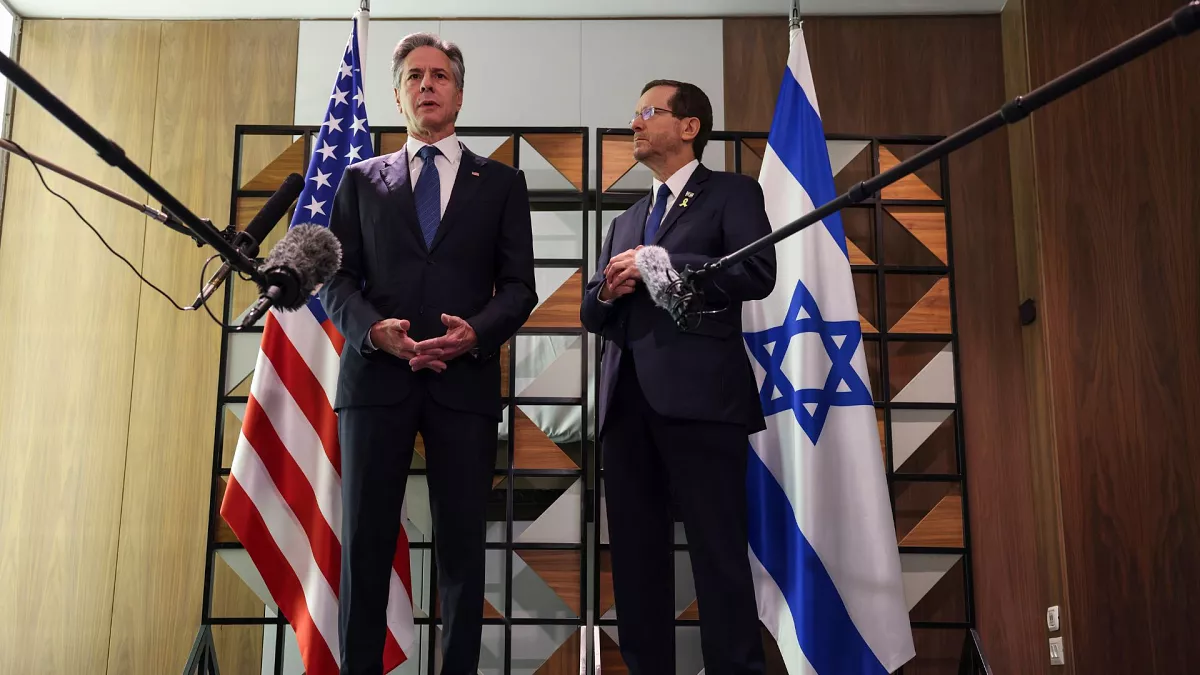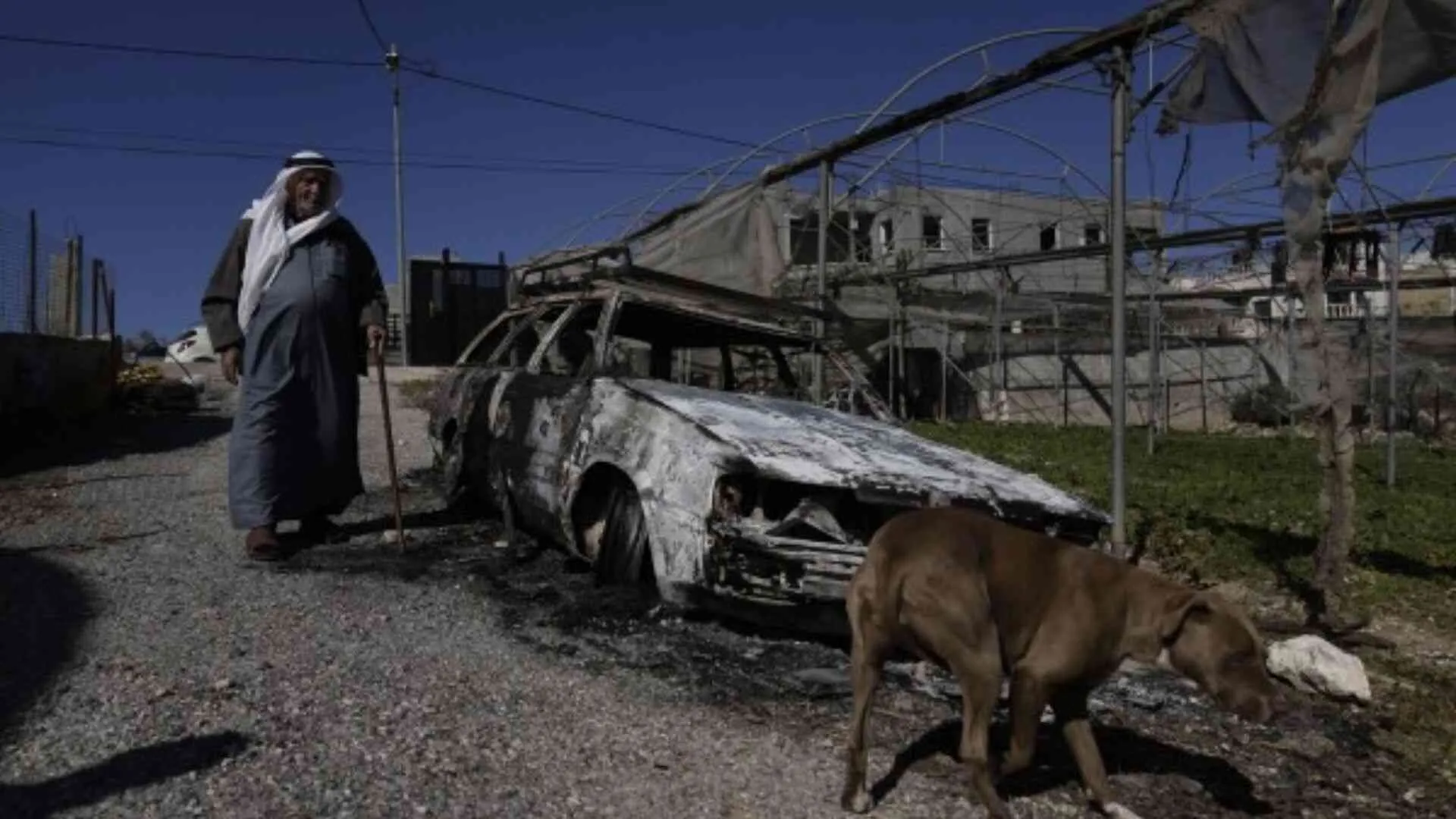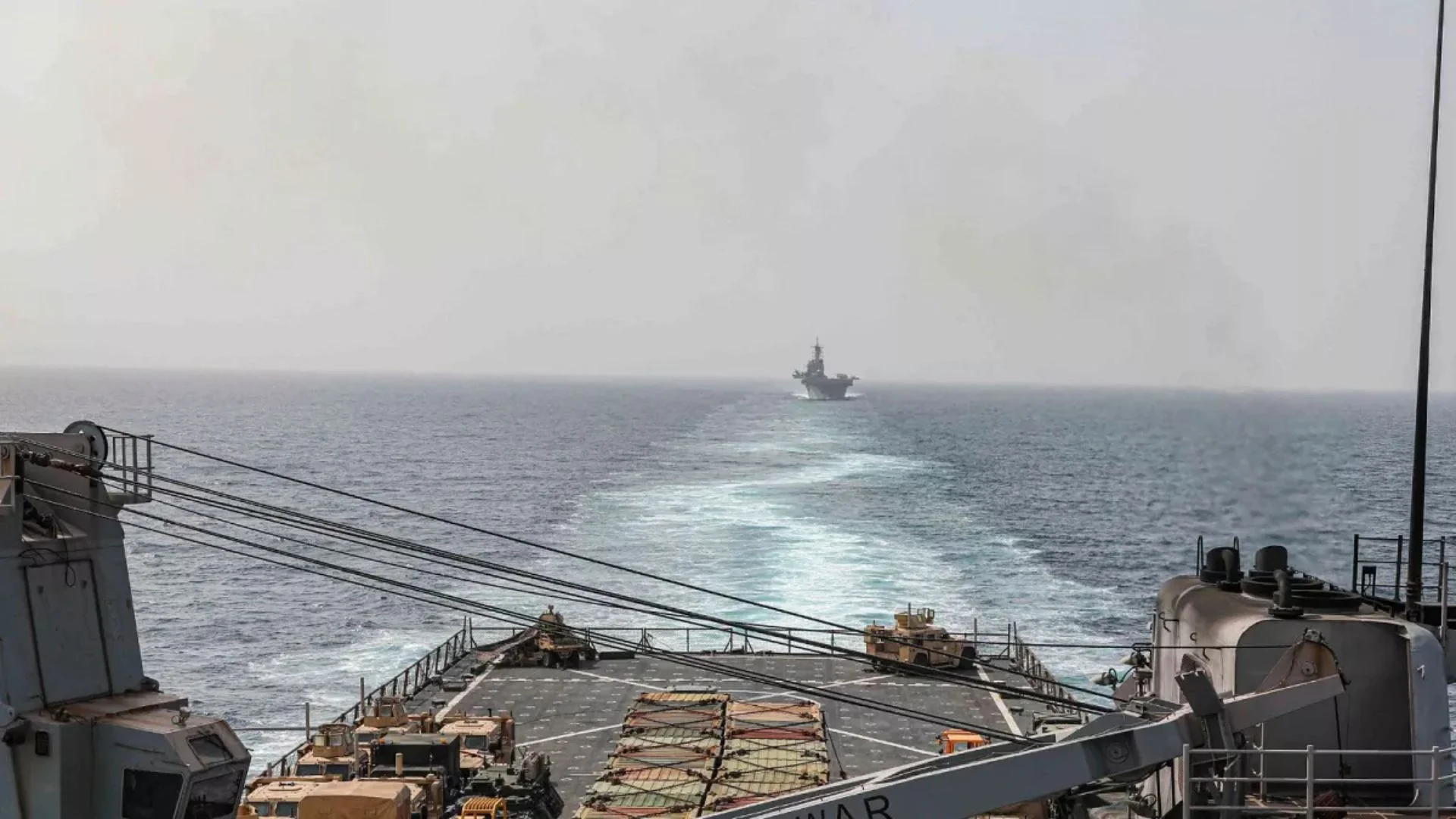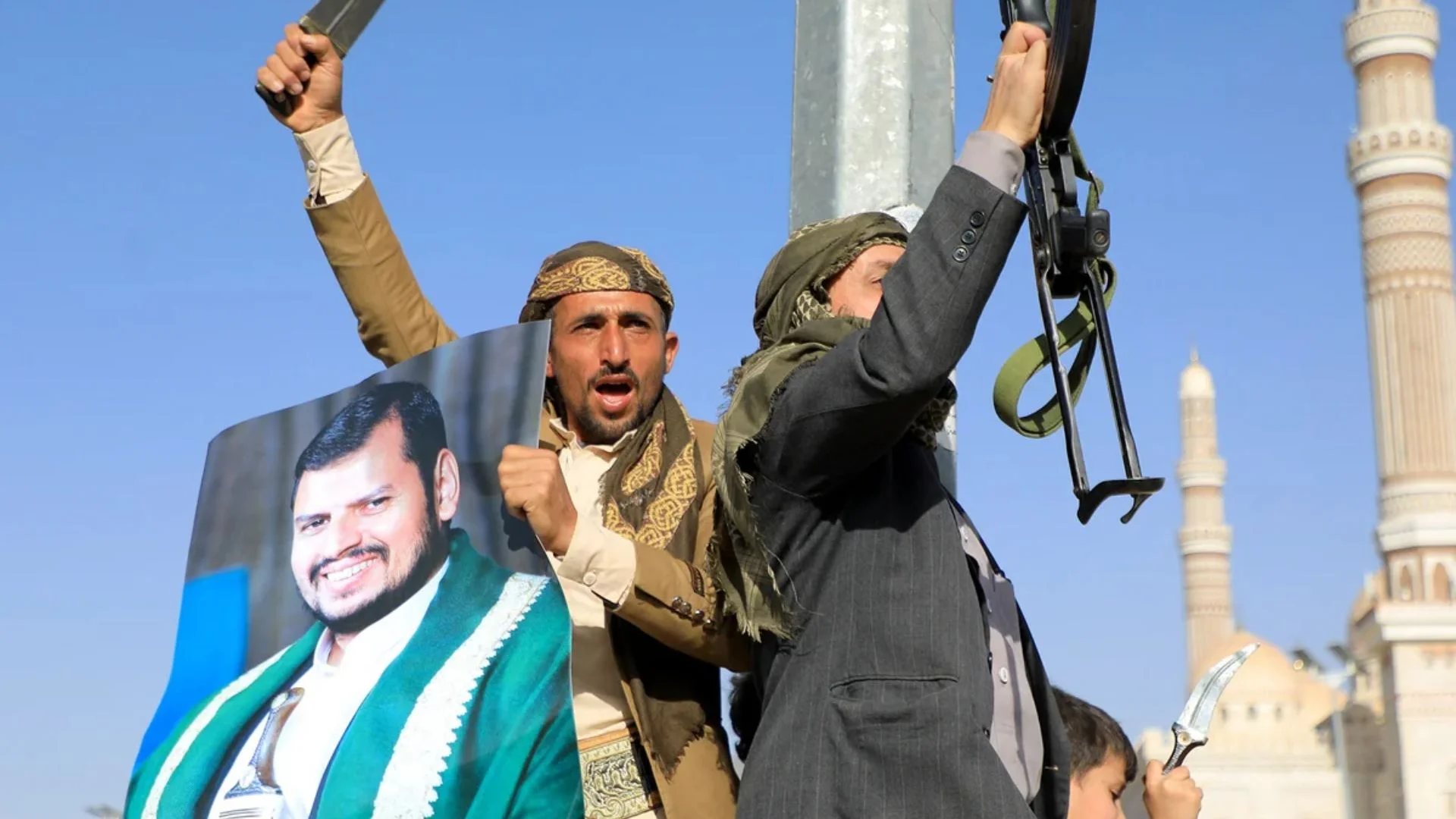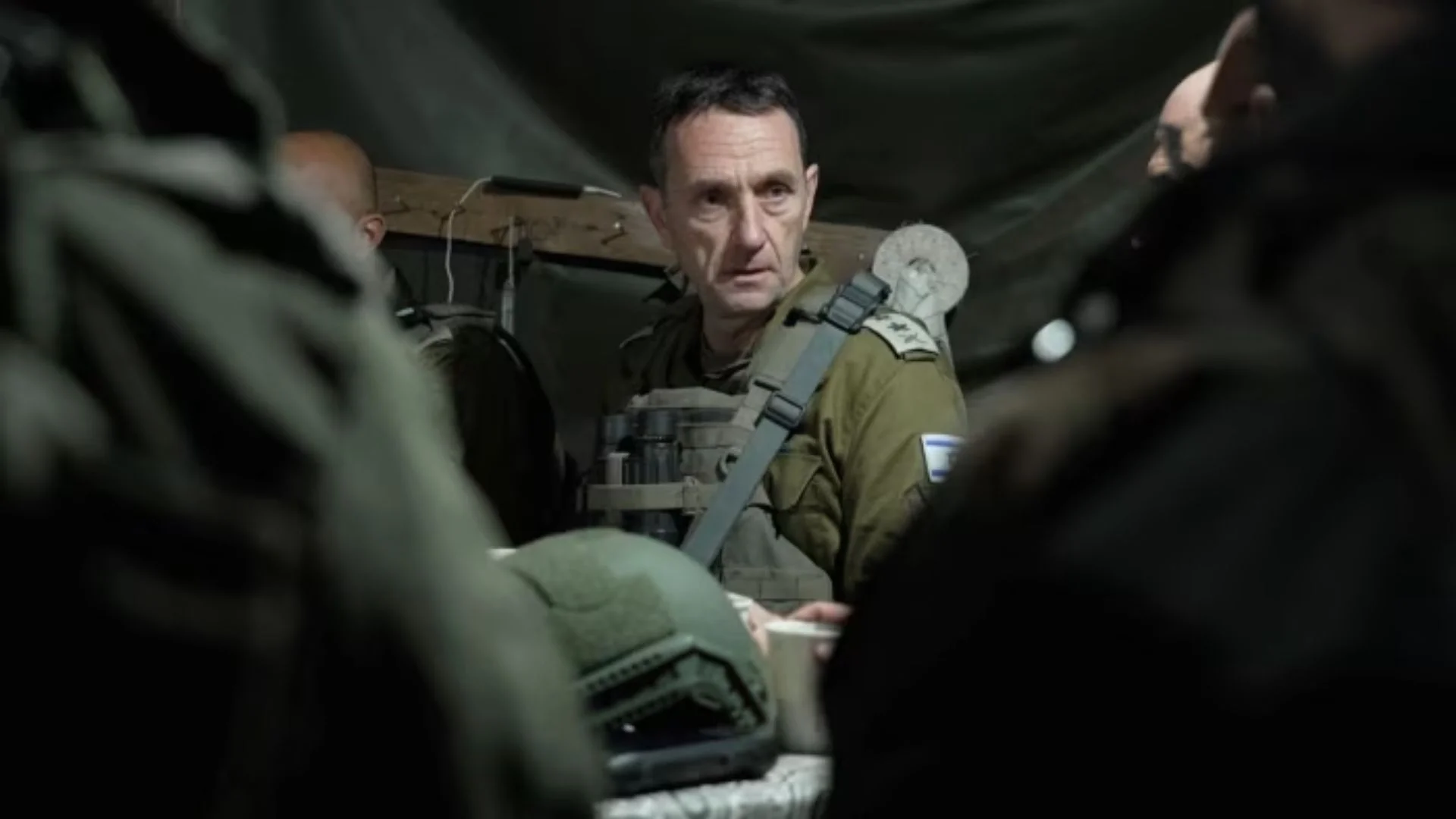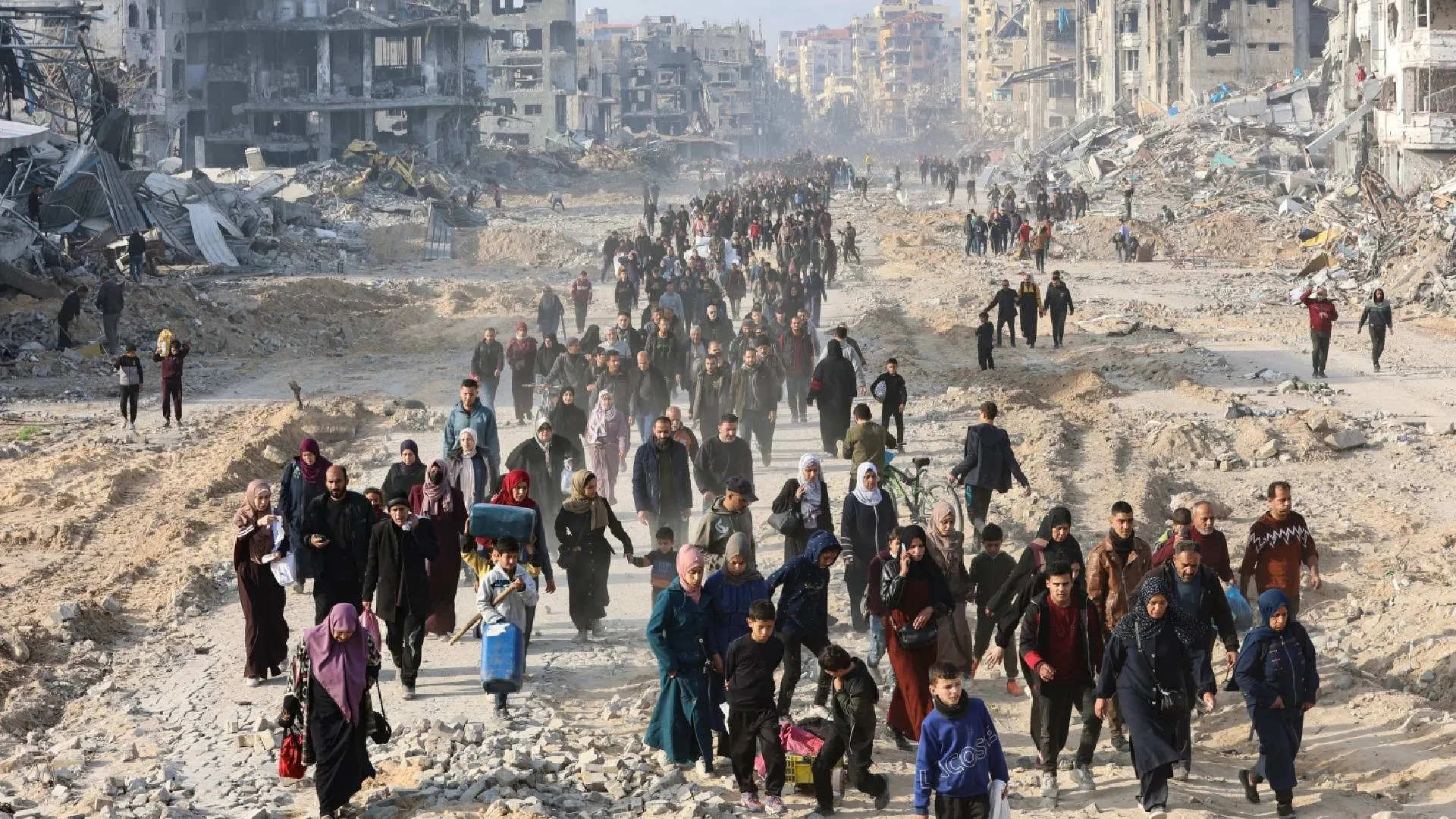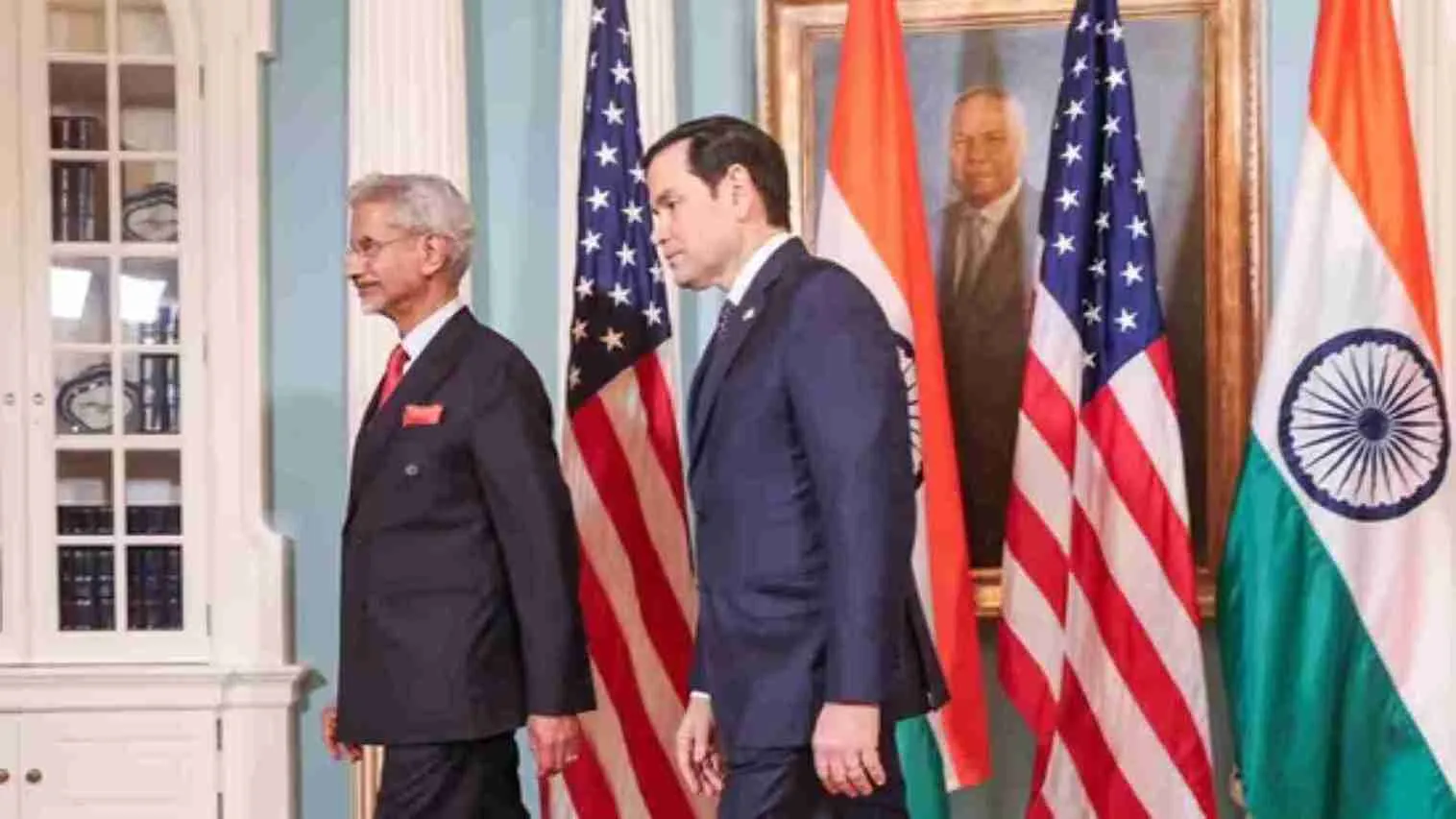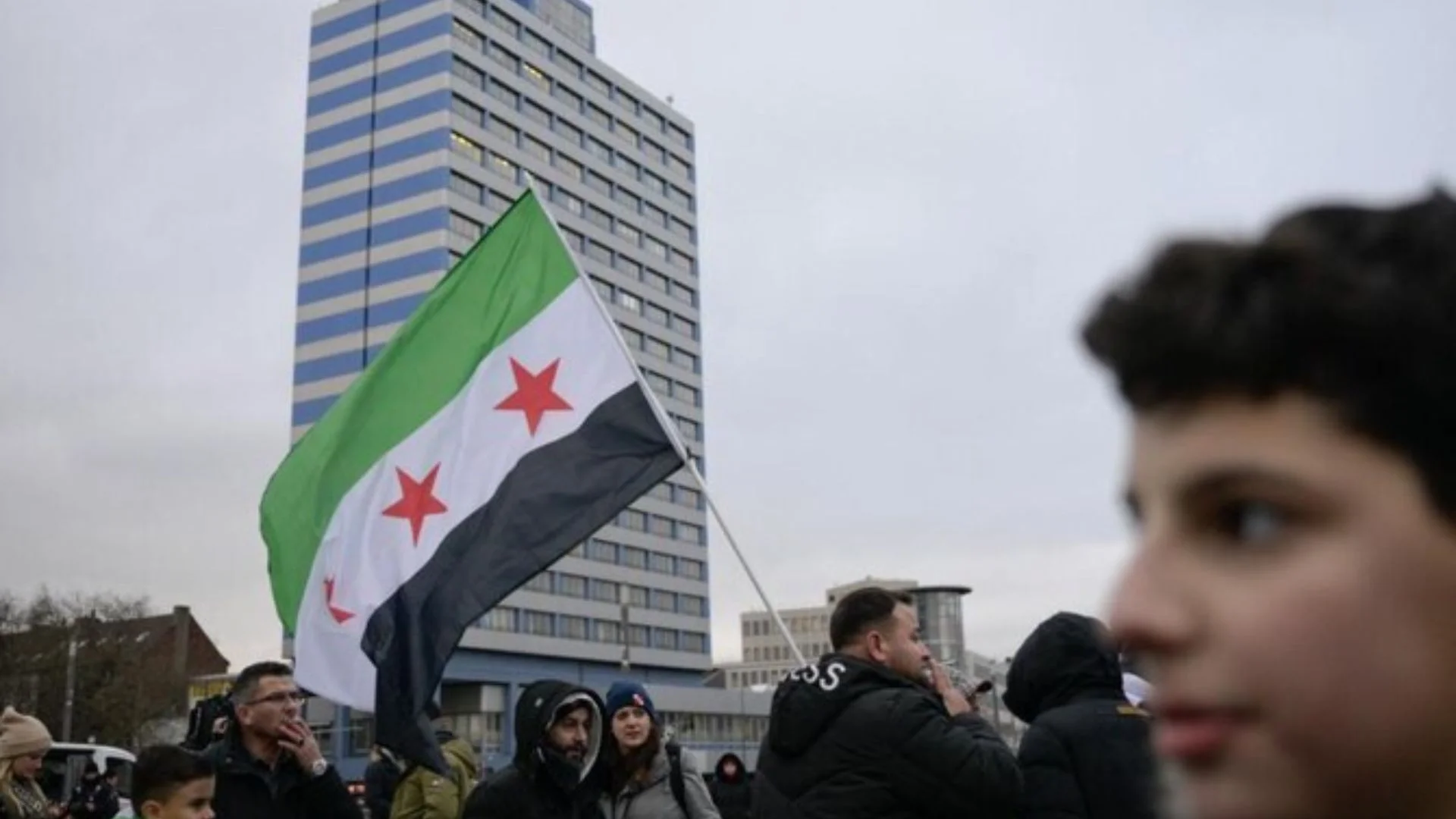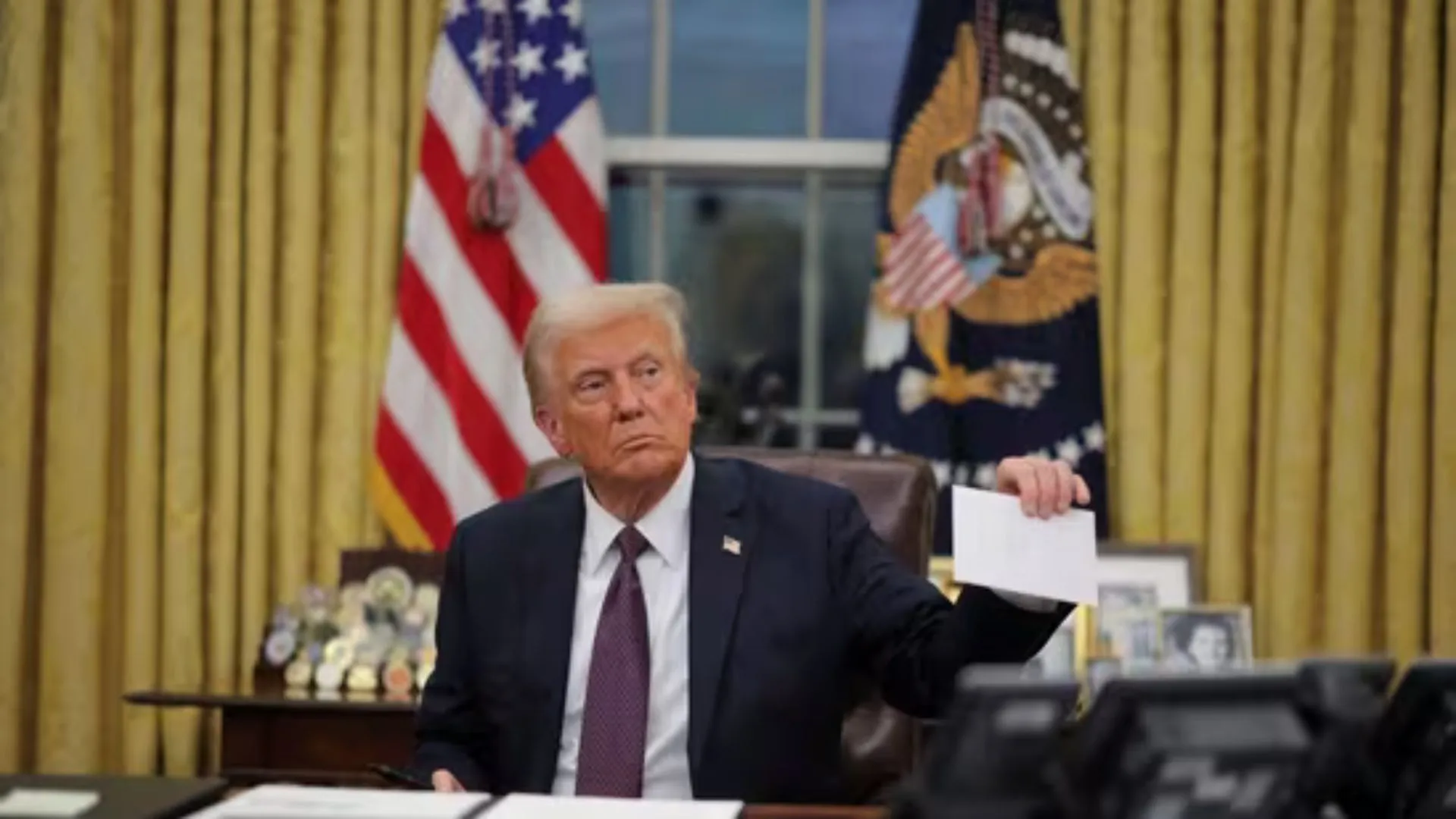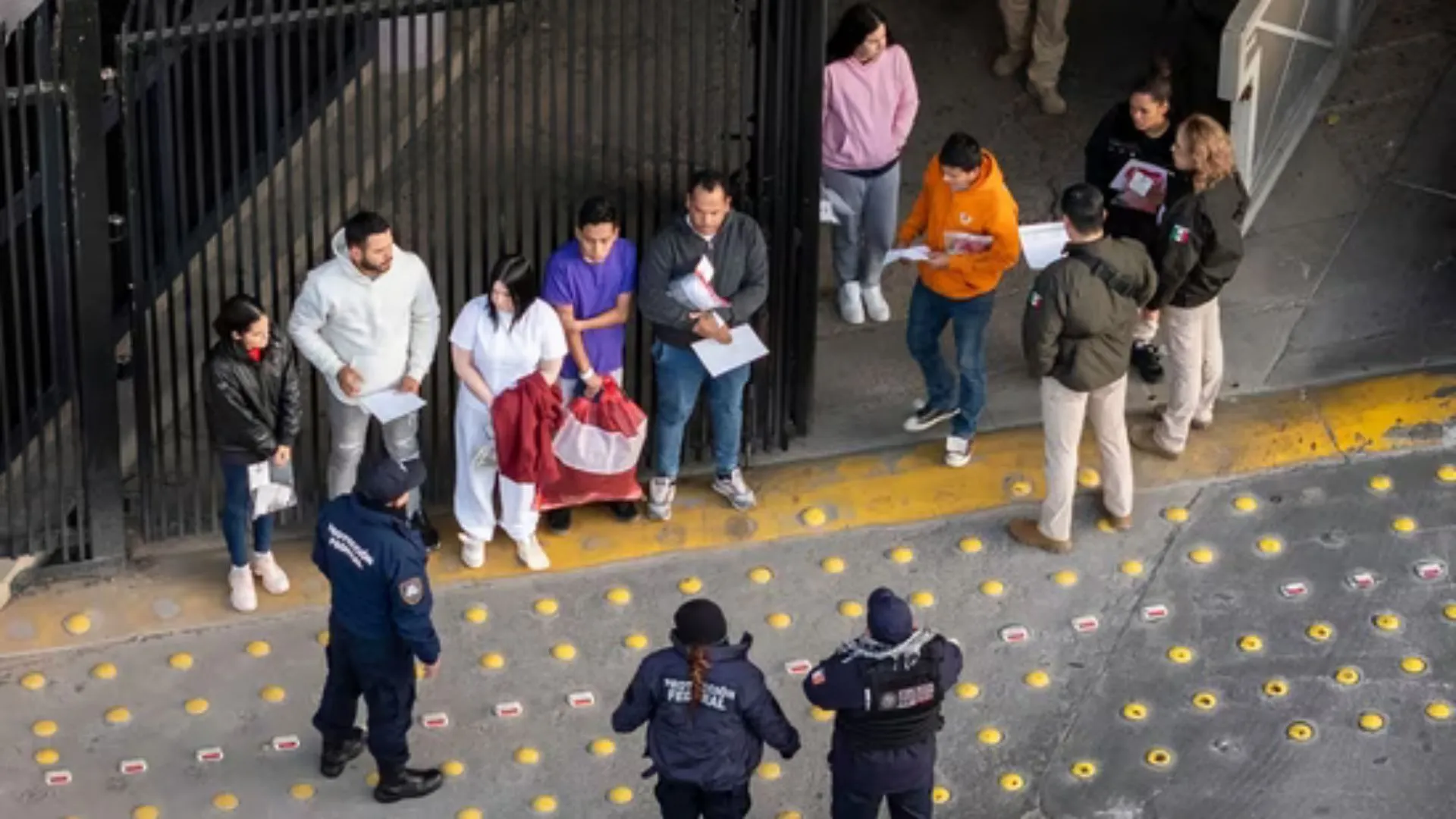US Secretary of State Antony Blinken’s visit to Israel has highlighted the urgency of the current ceasefire negotiations in the ongoing Gaza conflict, which has lasted for 10 months. This trip, marking Blinken’s ninth visit since the war began, was characterized as possibly the final chance to broker a meaningful truce and facilitate a hostage and prisoner exchange.
During his 24-hour visit, Blinken met with Israeli Prime Minister Benjamin Netanyahu for a detailed three-hour discussion. Following the meeting, Blinken confirmed that Netanyahu supports the proposed ceasefire plan, which includes an initial six-week truce. This ceasefire aims to allow for a partial release of Israeli hostages in exchange for Palestinians held in Israeli jails, alongside an increase in humanitarian aid to Gaza. The plan is intended to be extendable, with further negotiations focusing on additional hostage and prisoner exchanges and a gradual withdrawal of Israeli troops.
The recent assassination of top figures from Hamas and Hezbollah has added to the volatility in the region. Despite these developments, Netanyahu’s office has publicly backed the US proposal. However, Hamas has expressed strong opposition, criticizing the plan as too favorable to Israeli demands and potentially ending further negotiations. Hamas is not directly participating in the current discussions but is being updated by mediators from Qatar and Egypt.
Complicating the negotiations are Israel’s firm positions on key issues, such as maintaining control over the Gaza-Egypt border zone, known as the Philadelphi corridor. Israeli Prime Minister Netanyahu has indicated that while some concessions might be possible, others are non-negotiable. This stance has led to friction within his government, particularly with his defence minister and other security officials who believe a compromise could be reached through advanced surveillance technology.
The humanitarian situation in Gaza remains dire. Recent weeks have seen significant displacement of civilians, with new evacuation orders affecting about 170,000 people. The area deemed safe for civilians has shrunk to just 11% of Gaza’s total area. Israeli airstrikes have targeted areas previously considered safe zones, exacerbating the crisis. The UN estimates that around 40,000 people have died due to the conflict, with extensive destruction impacting the civilian population.
The ceasefire talks have been further challenged by ongoing violence. Shortly after Blinken’s arrival in Tel Aviv, a suicide bombing claimed by Hamas and Palestinian Islamic Jihad resulted in casualties. Additionally, cross-border clashes between Israeli forces and Hezbollah fighters have resulted in further loss of life and military actions.
Blinken’s visit underscores the international community’s pressure to end the conflict and address the severe humanitarian issues in Gaza. The negotiations are now moving to Cairo, where continued efforts aim to secure a lasting ceasefire and stabilize the region.

